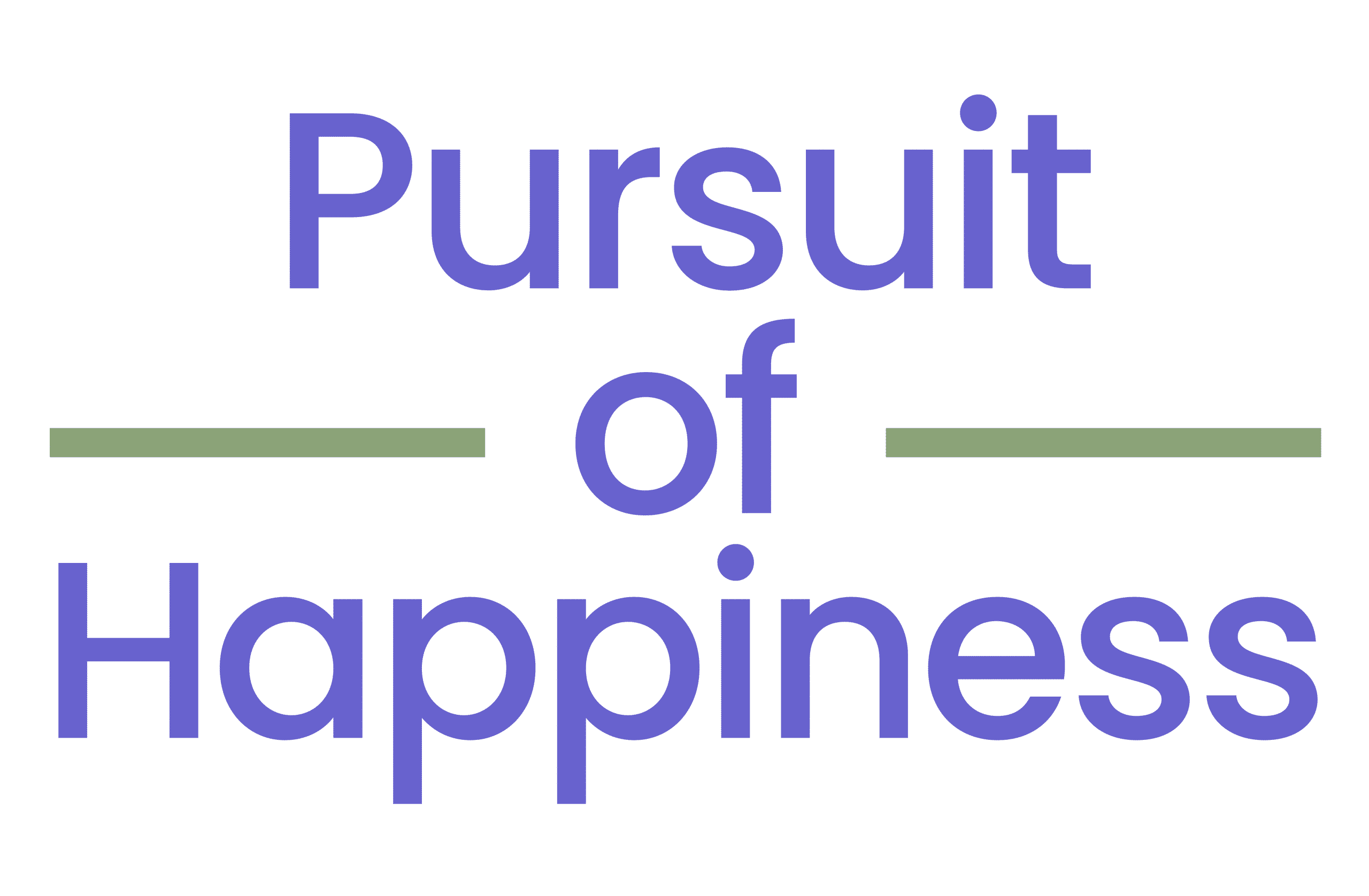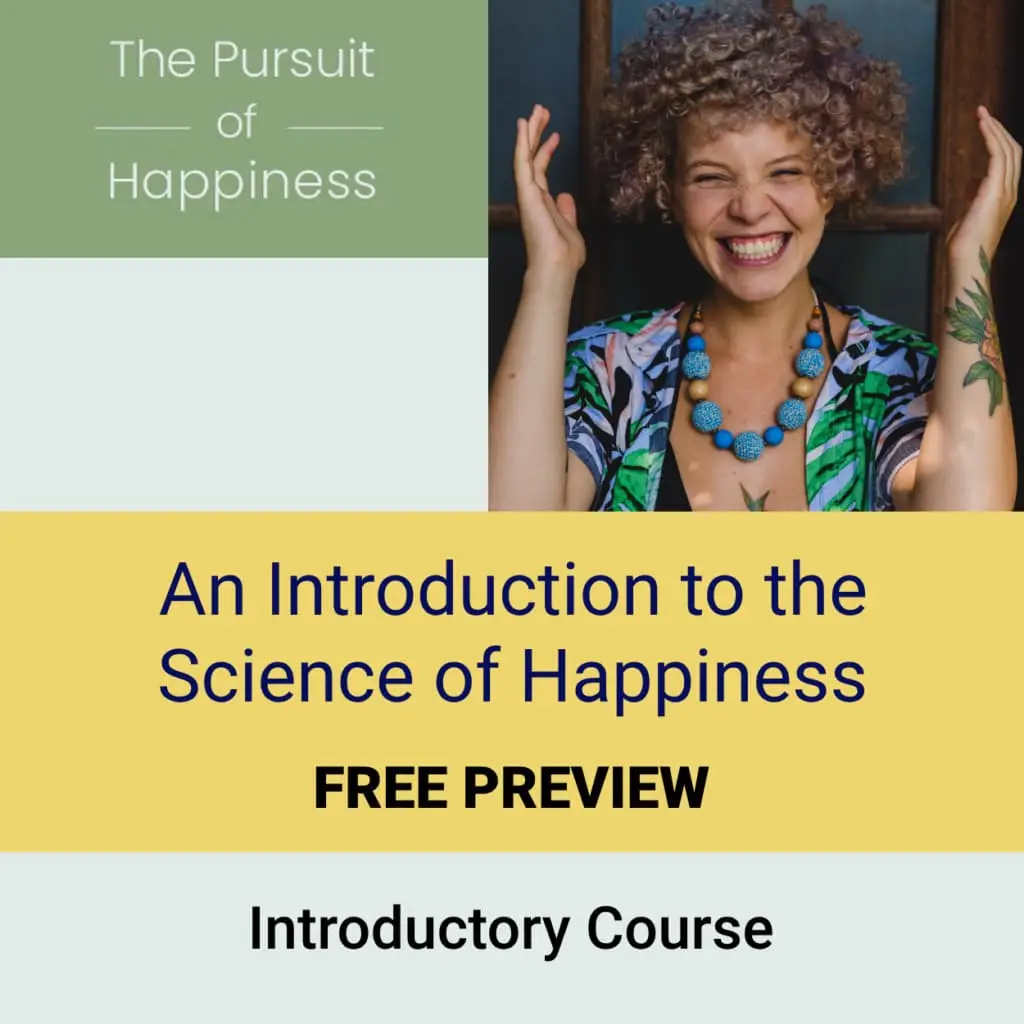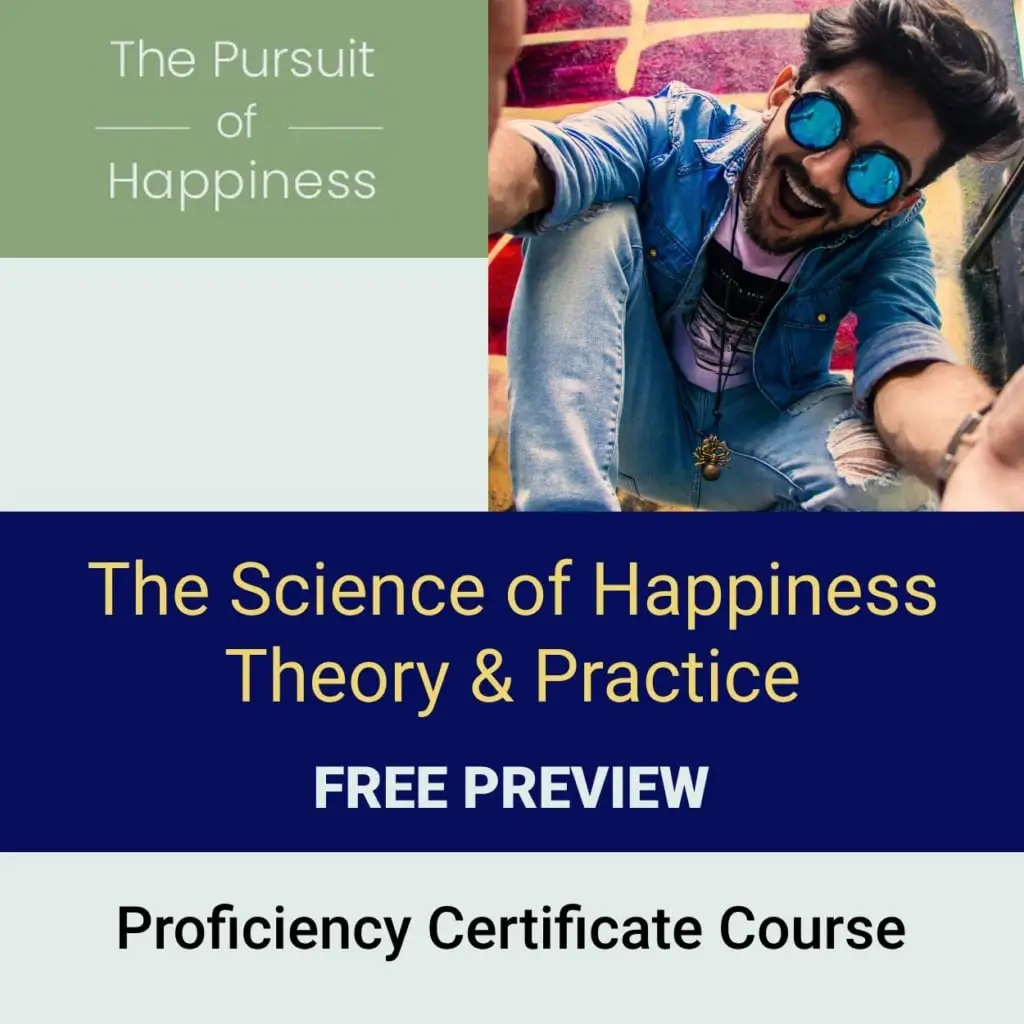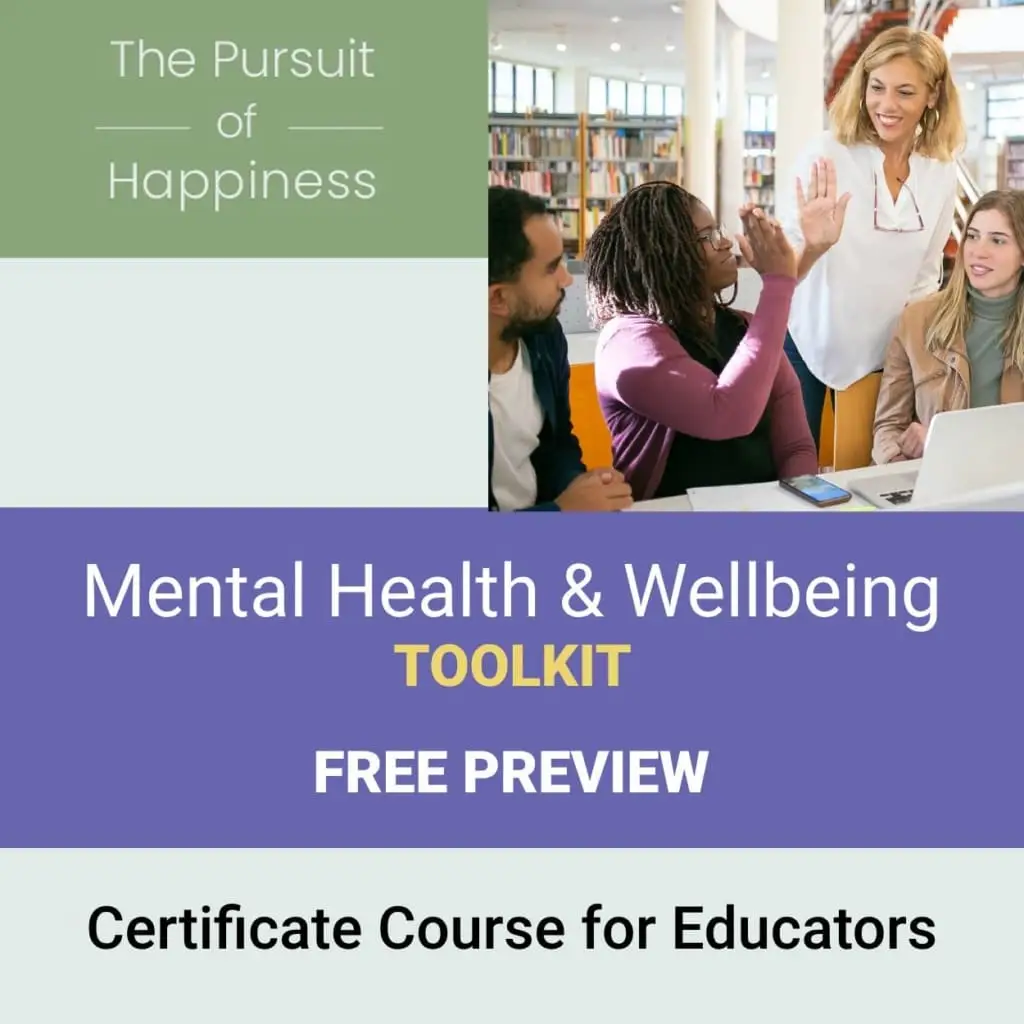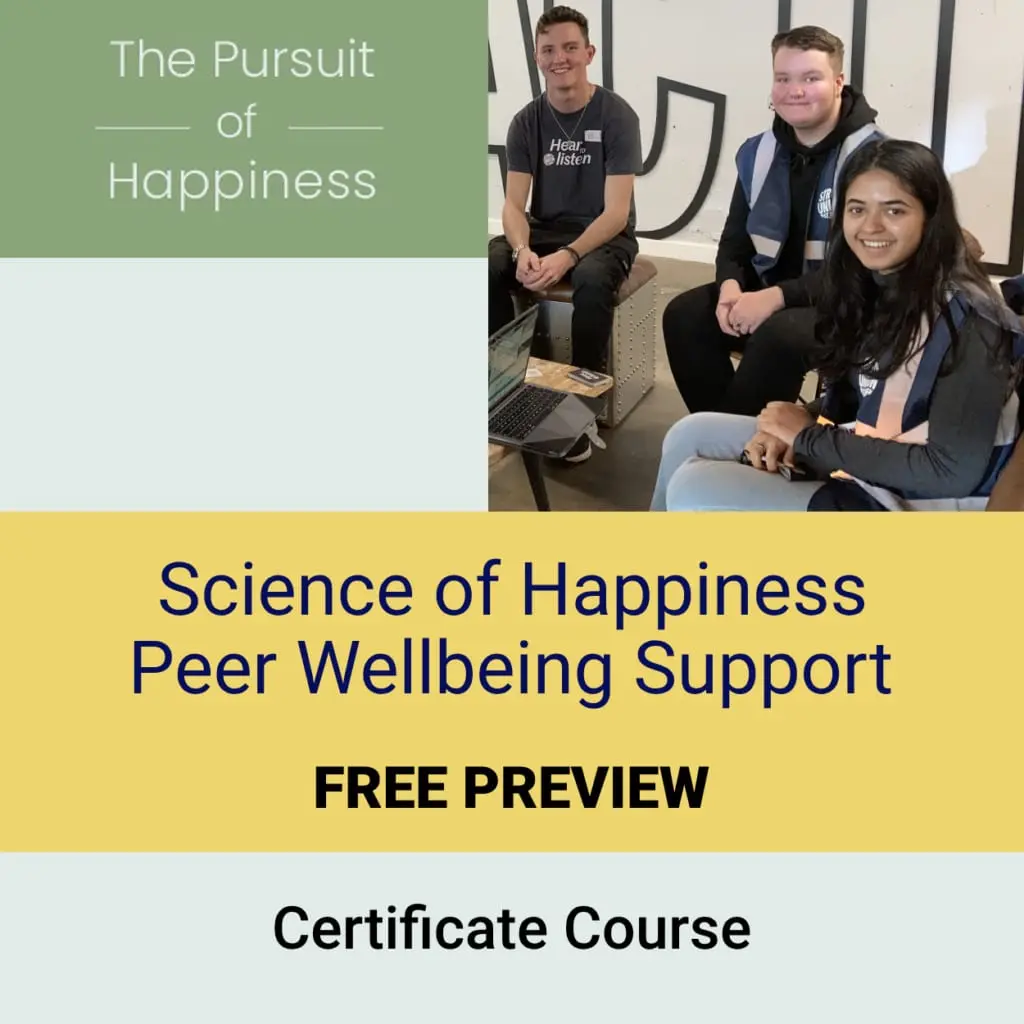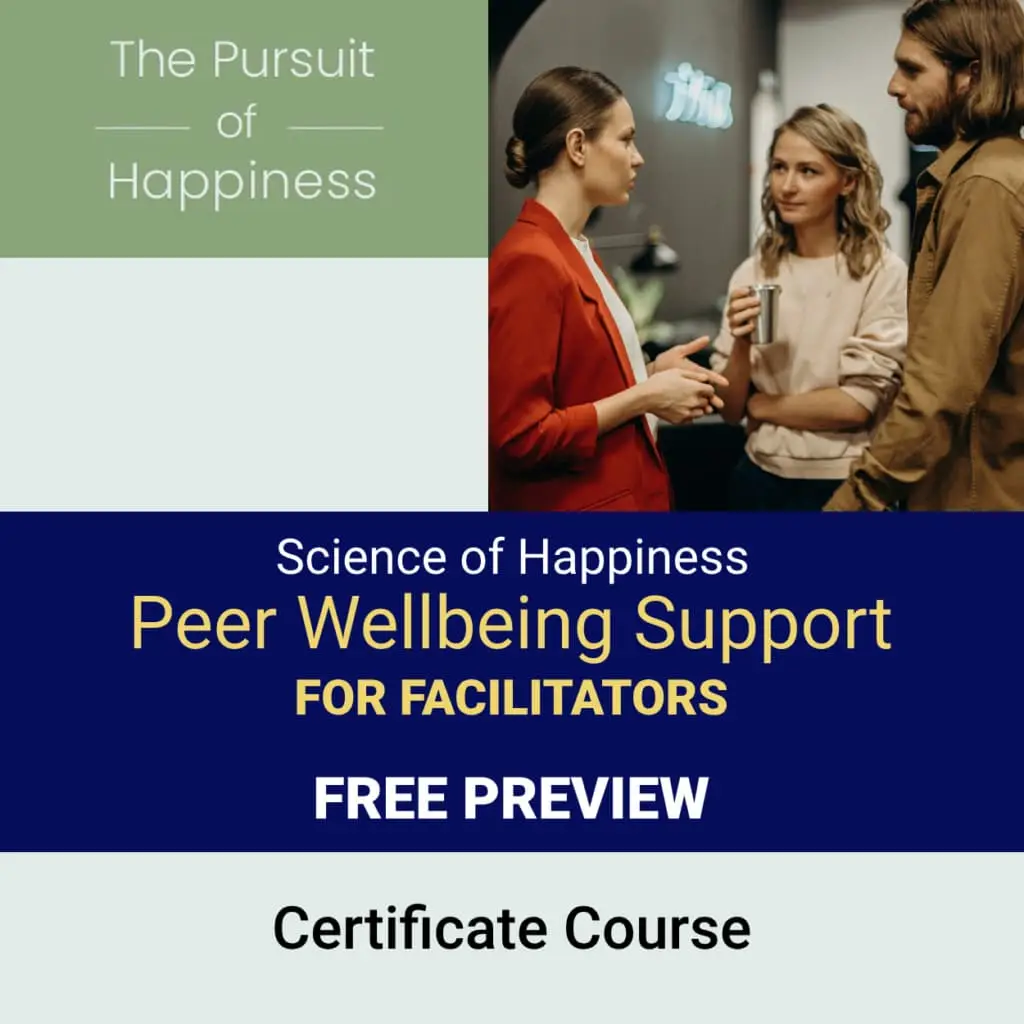The Science of Wellbeing: New Discoveries
CONTENTS
Well-being: The Science and the Hype
Biophilia: Love of nature
Personal Autonomy
The Gut-Brain Axis: psychobiotics
Mood Superfoods
Well-being: The Science and the Hype
Chances are, if you are hunting for the “science of well-being” on Google, you are getting a little tired of smiley faces and balloons.
The great news is that the number of scientific studies on wellbeing, and specifically psychological wellbeing, is growing exponentially, both in the natural and social sciences.
The bad news is that scientists are not offered prizes for their ability to communicate. Nor do they get prizes for showing how their discoveries can actually make us happier.
If you intend to read up on the latest discoveries related to well-being, and specifically psychological well-being (AKA “happiness”) you are on the right page. If you would like to read up on the great discoveries in the field as it has unfolded over the last thirty years or so, please visit )
A few words about methodology
Personal Autonomy
Biophilia
Over the last two decades, a growing body of evidence indicates that the more contact we have with “nature,” as opposed to urban environments and the products of technology, the greater our psychological and physical wellbeing.
As far back as 1982, following a series of groundbreaking studies on contact with nature, the Japanese Ministry of Agriculture, Forestry and Fisheries coined the expression Shinrin Yoku or “forest bathing.” The word “bathing” referred to a thorough immersion in a forest environment that employed the five senses, and not only visual appreciation. They had discovered that a few hours of immersion in forest areas had a measurable and beneficial impact not only on cardiovascular function and the immune system, but on psychological stress as well.
Successive studies in the West as well as East Asia are now showing that contact with nature does not have to be immersive to have a significant impact. We don’t have to disappear in a forest for hours to experience greater wellbeing. Gardening, looking after potted plants, as well as much less immersive (or hands on) activities, such of surrounding ourselves with indoor plants, or stationing ourselves near windows overlooking patches of greenery, can have significant impact.
Why does this happen? Well, one explanation is that we’re combining a lot of the habits of happy people and one exercise as we will through a forest, we may do so in the company of our friends, we gain exposure to light.
Of course we are performing exercise. So there could be unknown causes, maybe were breathing in beneficial bacteria. Maybe just the feeling of connectedness with nature is somehow hardwired to our feelings of wellbeing. Now there’s also been some interesting work on ionization that being close to a waterfall or bodies of water, or even a rain branch forest increases the number of negative ions in the atmosphere, which could impact depression and create further happiness.
But at any rate, all these activities far as bathing, gardening exposure to even views of nature has generated a lot of evidence to show that these things are good for our happiness.
STUDIES
Methodology
On this page we provide “mini-reviews” on each new area of exploration. We present these new areas in order of the interest they are presently generating in the scientific community. Scientific buzz is not easy to measure, but for the sake of objectivity we have based it on the number of systematic reviews available on PubMed, which provides access to MEDLINE, the largest database on life sciences and biomedicine in the world.
keywords: wellbeing (which is mentioned both in PWB and SWB), and happiness
quantative (data based)
Personal Autonomy
Systematic reviews
Autonomy and Wellbeing 35
high relevancy
https://pubmed.ncbi.nlm.nih.gov/28018531/
https://pubmed.ncbi.nlm.nih.gov/31480548/
https://pubmed.ncbi.nlm.nih.gov/33076302/
https://pubmed.ncbi.nlm.nih.gov/26220460/
https://pubmed.ncbi.nlm.nih.gov/22317181/
https://pubmed.ncbi.nlm.nih.gov/28770559/
Autonomy and happiness 1
https://pubmed.ncbi.nlm.nih.gov/28770559/ (mentioned above)
Self-efficacy and Wellbeing
Biophilia
https://pubmed.ncbi.nlm.nih.gov/19826546/
/shinrin yoku
2 reviews and systematic reviews on related topics
https://pubmed.ncbi.nlm.nih.gov/29165173/
https://pubmed.ncbi.nlm.nih.gov/31210482/
nature and wellbeing
https://pubmed.ncbi.nlm.nih.gov/30884495/
Dance
136 reviews and systematic reviews on related topics
most relevant (general relevance)
https://pubmed.ncbi.nlm.nih.gov/32267216/
https://pubmed.ncbi.nlm.nih.gov/29130840/
https://pubmed.ncbi.nlm.nih.gov/30439854/
Superfoods
Consumption of certain fruits and green leafy vegetables in general are highly correlated with wellbeing.
A number of complex factors are at play, including a positive correlation with microbiome diversity,
berry / citrus fruits
green leafy vegetables
fish
https://pubmed.ncbi.nlm.nih.gov/31906271/
Cocoa
https://pubmed.ncbi.nlm.nih.gov/15154923/
without second keyword
https://pubmed.ncbi.nlm.nih.gov/29539647/
https://pubmed.ncbi.nlm.nih.gov/23642199/
https://pubmed.ncbi.nlm.nih.gov/26059107/
NOTES
As a result, we are left with a somewhat binary choice:
1. Consult popular sources of information on the “science of happiness.” Get ready for the purple balloons and orange lollipops.
2 . Consult the great databases of scientific information such as PubMed and end up looking for needles in expanding haystacks.
